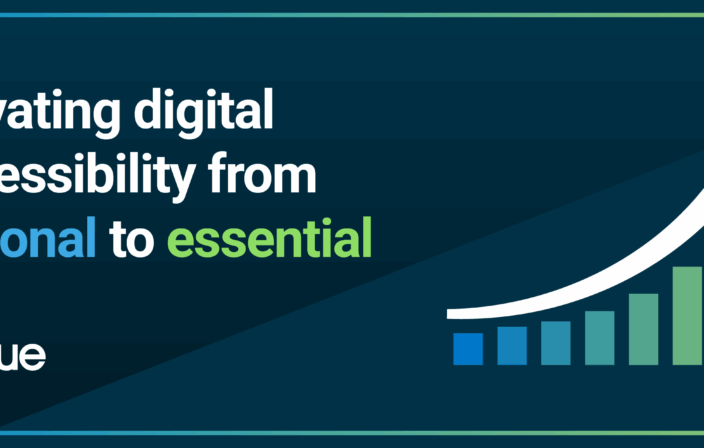 Up next in our continuing series on accessible marketing, we look to our marketing and design partners at The Whole Brain Group. In this post, we shares their tips for creating accessible content.
Up next in our continuing series on accessible marketing, we look to our marketing and design partners at The Whole Brain Group. In this post, we shares their tips for creating accessible content.
Follow #a11ymktg on Twitter to keep up with the content posted during the series.
Accessible Marketing for Content Creators
by The Whole Brain Group
Marketing with accessibility in mind isn’t just about marketing to people with disabilities – it’s about making content available to everyone! While accessible marketing is primarily focused on people with cognitive, learning and physical disabilities, it also aids those who are aging or do not speak English as their first language.
Simply Content and Use Plain Language
The foundation of your marketing is the content, whether it’s a blog post, an eBook, an infographic, a video, or a press release. When you begin to write each piece, consider using plain language so that your audience can read and understand the message the first time they read it. There are 5 guidelines to keep in mind when writing in plain language:
-
Make sure your content is organized logically with the reader in mind
-
Write to the reader – e.g. use pronouns like “you” and “your”
-
Use active voice – e.g. “Bob wrote the blog post” instead of “The blog post was written by Bob”
-
Write in short sentences and use common, everyday words
-
Design your content to be easy-to-read
There are obviously circumstances where plain language isn’t appropriate. The key is to think about your target audience. If your target audience is primarily professional scientists with PhDs, and you are writing a white paper about something highly technical, plain language may not be appropriate.
Don’t forget to consider accessibility in your design
Ensuring that your marketing efforts are accessible is a team effort, and copywriters may need to work with a designer to make sure the final formatted piece is accessible. All marketing efforts should be supported by a style guide – ideally one that has guidelines about choosing fonts and colors that are accessible to people with color blindness or other visual disabilities. Don’t forget to provide closed-captioning for videos and transcripts for podcasts or infographics!
Taking these few extra steps allows you to create content with confidence, knowing that when you push out a marketing piece, you’ve ensured that everyone will be able to receive the message.
Our next post in the Accessible Marketing series will focus on what the designer needs to do to make a piece accessible as well as any simple coding that should be considered to ensure accessibility.
Check out some of our other posts about accessible marketing:
Designing for Website Accessibility
From the Experts: Deque’s Approach to Web Accessibility
Three Reasons to Consider Accessibility in Your Digital Marketing



